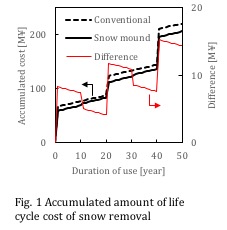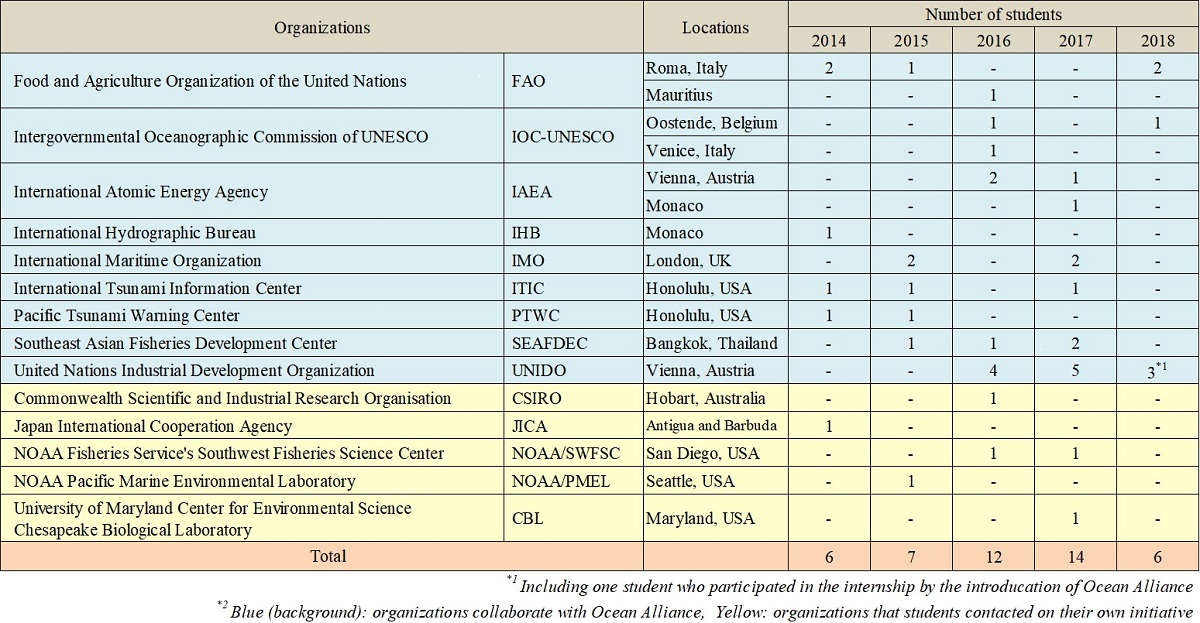
In this work, we performed a life cycle assessment of poly(3-hydroxybutyrate-co-3-hydroxyhexanoate) (PHBH), which is made from biomass resources and has a characteristic of biodegradability in both soil and seawater. To reduce the dependency on petroleum resources and decrease marine plastics, increasing attention has been paid to bio-based and biodegradable polymers. Until now, many papers about the environmental impacts of these biopolymers have been reported. However, the environmental impact of a biodegradable polymer that dissolves in an aquatic environment has not been clearly investigated yet. To discuss the effect of bio-plastics introduction to the society, it is necessary to elucidate its impacts through its entire life cycle.
We applied a life cycle assessment to PHBH products from the cultivation of biomass resource to the end-of-life, and we considered their environmental benefit to the society. The selected target is PHBH products and comparable conventional plastic products with the same function. Their resource extraction, production processes and end-of-life are different from each other. Unlike the fossil-derived plastics, PHBH is biologically synthesized from plant oil and refined for pellets. We set a system boundary including biomass cultivation, microorganism fermentation, polymer extraction, product manufacture, use and end-of-life. The end-of-life was generated as several scenarios such as incineration, landfilling, recycling and dumping depending on local waste systems and consumer behaviors. To construct the inventory data, we investigated the actual production processes in Japan. Finally, we targeted global warming for the impact category to discuss whether PHBH can become a possible measure for climate change.
Through the assessments, we will discuss which process within life cycle has a significant environmental impact and which end-of-life scenario can contribute to reducing greenhouse gas emission. Our results will help design and construct a better social system for biopolymers and provide deep insights for utilizing PHBH.
Promotion of cooling of building by snow is important in regions with heavy snowfall in terms of not only energy saving for cooling in summer, but also workload reduction of snow removal in winter because most of these regions in Japan now fases decrease of labor population. In the present study, life cycle cost (LCC) of cooling of apartment building by snow was calculated for three types of snow strage: open-air snow mound, half-underground storage, aboveground strage. Initial amount of snow storage, cooling area per household and annual cooling time were 100 t, 80 m2, 502 h, respectively. Number of households which shared the cooling energy from snow was modified from 1 to 20. Each household had 4 rooms with equivalent area. In case the amount of snow was not sufficient for cooling during the season, some of the rooms were cooled by electric air-conditioner.
Annually averaged value of the LCC (ALCC) per household showed convex dependence on number of households sharing the snow strage and there were optimum number of the households which minimized the ALCC. Snow strage of half-underground type and aboveground type had disadvantage especially smaller number of households because of high cost of construction.
Cost reduction potential in snow removal by the snow strage was also calculated. It was estimated as 160,000 Yen for 10 households for 40 years of operation period as shown in Fig. 1. It was mainly attributed to reduction of transportation of snow to dumping site.

Developing international human resources that possess a high level of expertise in many fields including chemical engineering and that show leadership at the global stage is important for establishing a sustainable society and achieving the Sustainable Development Goals (SDGs). The University of Tokyo Ocean Alliance conducts educational initiatives for fostering individuals who can succeed worldwide in ocean related areas. We started an overseas internship project from the 2014 academic year (AY 2014) and built collaborative relationships among nine international organizations and research institutions, such as the United Nations Industrial Development Organization (UNIDO), the Food and Agriculture Organization of the United Nations (FAO) and the International Atomic Energy Agency (IAEA). In particular, we have a strong relationship with UNIDO. Forty five graduate students have been sent to these international organizations from AY 2014 to AY 2018 (Table 1), and have undergone internships for two to six months. They could engage in actual projects related to their own research fields including environmental and energy issues. The objective of this study is to investigate the effectiveness of the internship at the international organizations mainly by analyzing students' internship reports. Their impressions for internship were classified into three categories. The first one is the description related to students' future and their career paths, the second one is the influence of internship on their master and doctor researches, and the third one is related to the construction of human networks and all the rest of it. The analyses of the reports for five years show that the internship was considered to be effective in establishing students' career paths through work experiences and formation of interpersonal relationships in the international organizations. It is expected that this internship system can contribute to achieving the SDGs in the long term.
